Across the United States, a quiet revolution is unfolding within the concrete jungles and bustling suburbs – the proliferation of urban agriculture. This dynamic movement, encompassing everything from rooftop gardens to intensive peri-urban plots, is rapidly transforming cityscapes and reconnecting communities with their food sources. Once a practice relegated to times of crisis or niche interest, farming in the city has become a significant focal point for urban residents, discerning consumers, and forward-thinking policymakers alike.
This growth isn’t just about cultivating crops; it’s a multi-faceted phenomenon driven by a desire for fresh, local food, the creation of green spaces, and a renewed sense of community. The integrated nature of urban farming means it skillfully utilizes and reuses urban resources, including labor and natural assets, while delivering a bounty of agricultural products directly to the very communities that nurture them. This vibrant ecosystem of local food production naturally fosters direct-to-consumer models, such as Community Supported Agriculture (CSA), making fresh produce readily available right at our doorsteps.
While the U.S. Department of Agriculture’s traditional Census of Agriculture often grapples with differentiating urban farm statistics from their rural counterparts due to a broad farm definition (any place producing and selling at least $1,000 worth of agricultural products), recent studies are beginning to illuminate this unique sector. A pivotal 2013 national study, conducted by New York University, The Pennsylvania State University, and the National Center for Appropriate Technology, has provided invaluable baseline data. This in-depth research peels back the layers on the characteristics of urban farms and farmers, their innovative production methods, the specific challenges they encounter, and their urgent needs for technical assistance and information. Let us embark on a journey to understand the foundational elements driving this inspiring expansion.

1. **The Resurgence of Urban Agriculture and Its Core Benefits**
The rising tide of urban agriculture is a testament to its multifaceted benefits, addressing contemporary urban challenges with tangible solutions. It stands as a vital component in supporting local food systems, bringing food production closer to consumption and reducing the environmental footprint associated with long-distance transportation. Urban farms transform underutilized urban parcels into vibrant, productive green spaces, enhancing the aesthetic and ecological value of neighborhoods.
Beyond environmental advantages, urban agriculture offers direct access to fresh, healthy food, a critical concern for urban consumers, especially in areas historically underserved by traditional food retail. This local availability ensures higher nutritional quality and often a greater diversity of produce. Furthermore, these farms can cultivate a stronger connection between people and their food, fostering an understanding of where food comes from and the labor involved in its production.
Crucially, urban farms often weave social aspects into their core missions, extending their impact beyond mere food production for profit. Many are established with the explicit goals of increasing food security, particularly in low-income neighborhoods, building robust community bonds, and providing invaluable educational opportunities. This blend of economic activity with social good underscores why urban agriculture has garnered such widespread interest and support.
Read more about: Understanding the United States: A Comprehensive Look at Its History, Geography, and Governance

2. **Pivotal Role of Policy and Public Interest**
The expansion of urban agriculture is not happening in a vacuum; it is significantly bolstered by increasing interest from both urban residents and astute policymakers. Cities across the nation are recognizing the profound potential these green oases hold for their local food environments and overall urban well-being. This acknowledgement is translating into concrete actions that facilitate and encourage urban farming initiatives.
City governments and food policy councils in major metropolises such as New York, Baltimore, and Chicago have taken explicit steps to integrate suggestions for expanding urban agriculture into their local food strategies. These policies often aim to streamline processes, address regulatory hurdles, and create a more supportive environment for urban farmers. Such governmental backing provides a crucial framework for sustainable growth and helps legitimize urban farming as an integral part of urban planning.
The engagement extends beyond official policy, with a groundswell of public interest further fueling the movement. Urban dwellers, whether aspiring farmers or eager consumers, are increasingly advocating for and participating in local food systems. This collective enthusiasm creates a fertile ground for direct-to-consumer models like CSAs, where residents actively invest in and receive produce directly from nearby urban farms, reinforcing the local food economy and community ties.
Read more about: Navigating the Awards Circuit: The Indispensable Role of Film Festivals in a Movie’s Journey to Acclaim
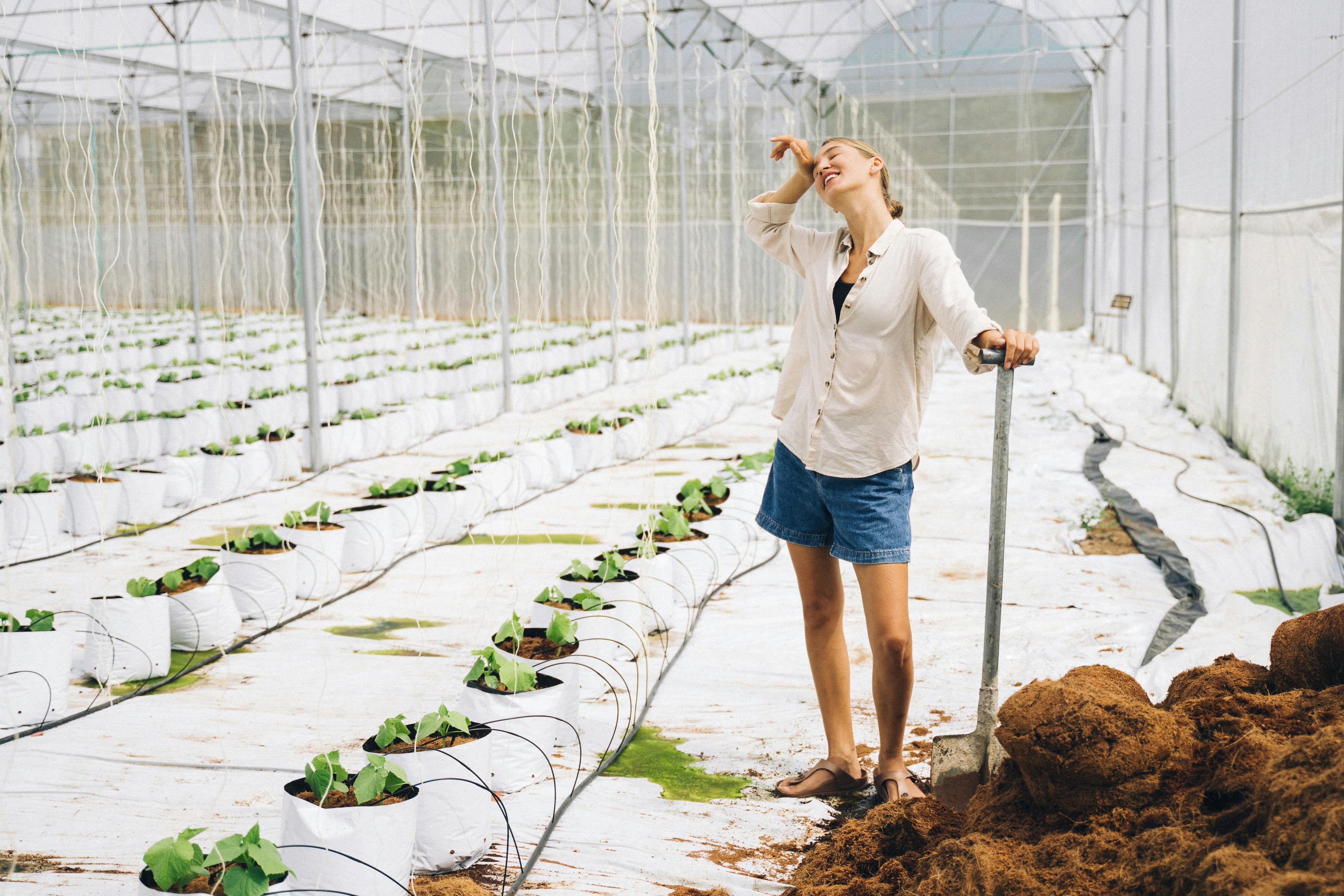
3. **A Profile of the Modern Urban Farmer**
Who are the individuals leading this urban agricultural renaissance? The 2013 national study provides an intriguing demographic snapshot. On average, respondents reported farming for approximately 10 years, suggesting a blend of seasoned practitioners and relative newcomers. A slight majority, 53%, identified as female, with 44% identifying as male, and the remaining 2% comprising both male and female farmers, or identifying as transgender or other.
Urban farmers tend to be younger than the overall farming population, with an average age of 44, spanning a broad range from 21 to 78 years old. This demographic suggests a vibrant, energetic sector attracting a new generation to agriculture. While the vast majority (91%) of respondents identified as white/Caucasian, the survey also captured participation from Black, African, or Caribbean-American (5%), Hispanic/Latino (4%), American-Indian or Alaskan Native (3%), and Asian (1%) individuals, indicating a growing diversity within the movement.
Many of these farmers are also relatively new to the specific context of urban farming, with 64.8% reporting their farms had been in operation for five years or less. This influx of new talent and vision is injecting fresh perspectives and innovative approaches into the challenges and opportunities inherent in city-based cultivation. Typically, urban farms are managed by an average of two primary farmers or managers, supported by an average of 2.2 farm workers and 3.3 apprentices or interns, underscoring their community-oriented and educational aspects.
Read more about: Demystifying Land Measurement: Your Ultimate Guide to Acres and Square Feet, From History to Handy Conversions
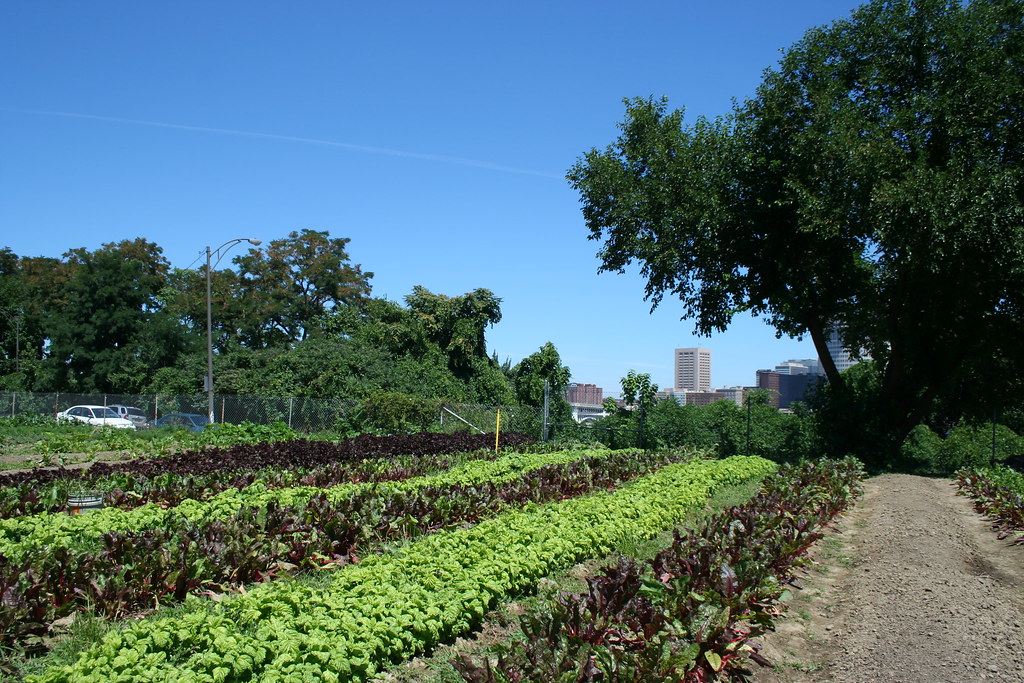
4. **The Evolving Landscape of Urban Farm Operations**
Urban farms, by their very nature, navigate a distinct operational landscape compared to their rural counterparts. A significant characteristic highlighted by the 2013 study is the prevalence of multiple production sites. Approximately 37.3% of urban farms reported having more than one location, averaging 3.1 sites, which can range from various plots within city limits to peri-urban extensions. This multi-site approach is often a pragmatic response to the high cost and limited availability of land within dense urban environments.
Despite the dispersed nature of some operations, the core of production remains firmly within city boundaries. On average, 78.1% of the total production from respondent farms was reported to be grown within city limits. While many farms operate on relatively small acreage, with 37% reporting an acre or less in production, the average reported for urban and peri-urban farms was nine acres. This indicates a spectrum of operations, from intensely cultivated small plots to larger, still city-integrated, agricultural enterprises.
Urban farms have demonstrated a remarkable resilience and growth, with an average operational history of 13 years among survey respondents. However, the sector is also experiencing significant new entry, with a substantial portion of farms being quite young. The issue of land tenure, encompassing the duration and conditions of land availability, profoundly influences investment decisions. Ownership is naturally preferred, but due to prohibitively high urban land values, many farmers resort to leasing arrangements or temporary user permits from public or private entities. The survey revealed that over half of the farmers owned at least some of their land, while others relied on long-term (27.5%), short-term (22.6%), or informal borrowing (21.2%) agreements, with 64% of non-owned land being public property.
Read more about: Decoding Mexico’s Financial Backbone: A Deep Dive into the NIF for Savvy Professionals
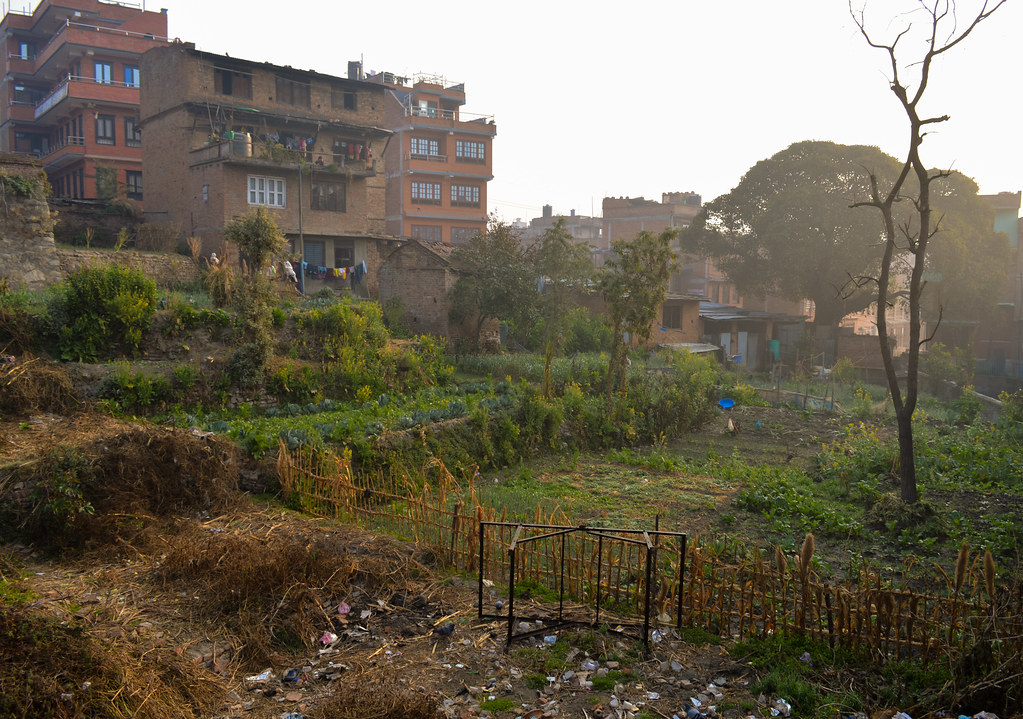
5. **Diverse Production Practices Fueling Urban Yields**
Urban agriculture is a kaleidoscope of production methods, adapting to the unique constraints and opportunities of city life. The sheer variety in type, size, scale, and location of urban farms means their production systems are incredibly diverse. Farmers are embracing innovative approaches, moving beyond traditional soil-based cultivation to explore options like closed-loop aquaponics systems or even sophisticated rooftop greenhouses, all designed to maximize output from limited urban spaces.
Intensive production techniques are a hallmark of urban farming. These methods are strategically employed to increase yields on smaller land bases, ensuring viability and productivity. While conventional ground-level cultivation remains prevalent, urban farmers are increasingly experimenting with and adopting specialized systems. The choice of production system often hinges on the initial capitalization costs, as some technologies, like vertical farms, require substantial upfront investment, potentially leading to a slower return on investment.
Crop selection is another critical aspect, intricately linked to a farm’s mission and goals. Some urban farms strategically focus on cultivating high-value crops that command premium market prices, catering to upscale restaurants or specialty markets. Others prioritize growing crops with higher caloric content, aiming to enhance food security within their communities, even if these items fetch a lower market premium. This dual focus on both economic viability and social impact highlights the adaptable nature of urban agricultural production.
Read more about: Beyond Gold: Unveiling the Next Generation of Wealth-Building Opportunities in High-Growth Sectors and Alternative Investments

6. **The Range of Products Cultivated in City Spaces**
The bounty harvested from urban farms is surprisingly diverse, reflecting both consumer demand and the ingenuity of urban growers. Fresh vegetables overwhelmingly lead the production charts among respondent urban farms, underscoring their role in supplying healthy, local produce to city dwellers. This category represents a significant portion of the total agricultural output from these operations.
Following fresh vegetables, nursery items, including seedlings, mushrooms, herbs, and flowers, constitute another substantial segment of urban farm production. These items cater to various markets, from home gardeners seeking starts to culinary establishments desiring fresh herbs and edible flowers. Fresh fruits also feature prominently, demonstrating that urban environments, with careful planning and appropriate species selection, can yield a variety of fruit crops.
Beyond plant-based products, some urban farms also engage in raising meat and poultry. While these represent a smaller percentage of overall production compared to vegetables, their presence signifies a comprehensive approach to local food systems. Value-added food products, such as preserves, baked goods, and processed foods, honey, and even milk and dairy, further diversify the offerings, demonstrating the entrepreneurial spirit within the urban agriculture sector. Even fish, though a small fraction (0.2%) of reported production, hints at the adoption of advanced systems like aquaponics within the urban context.
Read more about: Lost, But Never Forgotten: An Enthusiast’s Guide to the Masterful Engineering, Design, and Cultural Impact of Television’s Island Saga
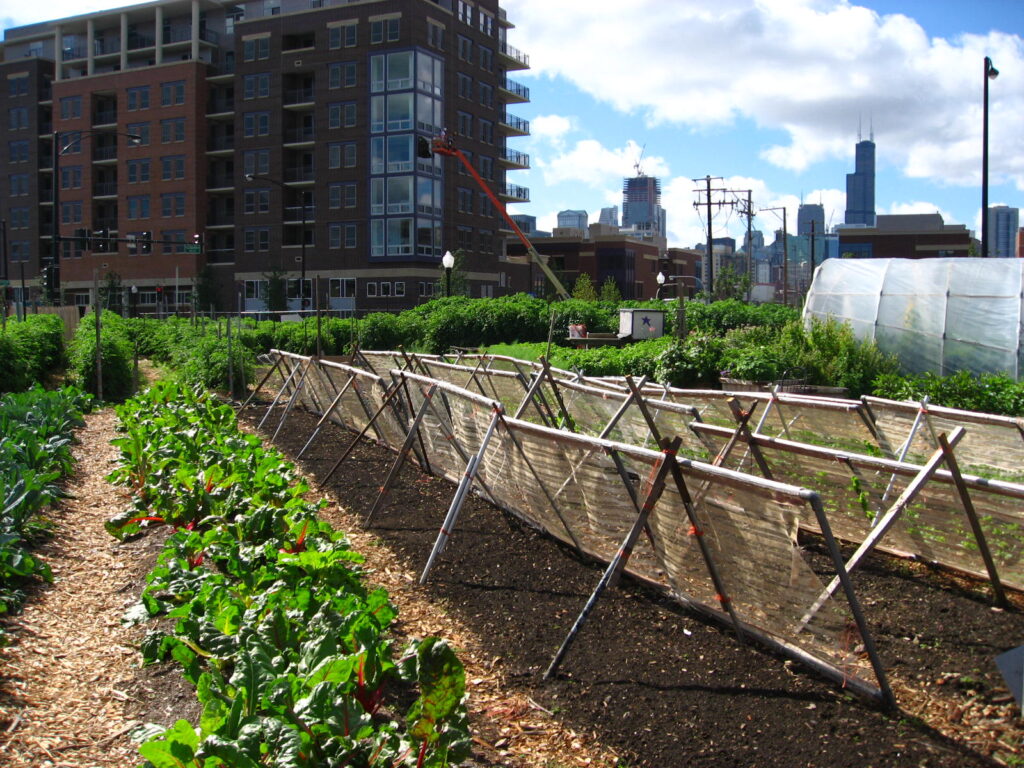
7. **Innovative Production Structures and Techniques**
Urban agriculture is a vibrant tapestry of ingenuity, adapting profoundly to the unique constraints and opportunities presented by city life. The diversity in size, scale, type, and location of urban farms necessitates an equally varied approach to production. While conventional ground-level cultivation remains a foundational practice, urban farmers are continually pushing boundaries, employing specialized systems to maximize output from often limited urban footprints.
Intensive production techniques are a hallmark of this adaptability, ensuring that even small land bases can yield abundant harvests. The 2013 national study revealed a fascinating array of methods, with raised beds being the most widely adopted practice, utilized by 64.4% of respondents. Greenhouses and container gardens also play significant roles, reported by 41.3% and 37.5% of farms respectively, underscoring the creative solutions to spatial limitations. High tunnels, offering extended growing seasons without the complexities of full climate control, were also popular among nearly a third of urban growers.
Looking toward more technologically advanced frontiers, vertical farming, aquaponics, hydroponics, and rooftop farming are emerging as critical innovative structures, though currently adopted by fewer respondents (17.8%, 7.6%, 5.4%, and 2.9% respectively). These methods often require substantial upfront capitalization, which can influence a farm’s return on investment. Yet, their potential to drastically increase yields in dense urban environments makes them increasingly attractive. Moreover, the sector shows a commitment to sustainability, with 8.1% of farms being certified organic and another 26% complying with organic regulations under the ‘exempt’ category, highlighting a strong market and ethical drive for environmentally conscious practices.
Read more about: The Unseen Architects of Virality: Decoding the Science Behind Why Content Explodes Online
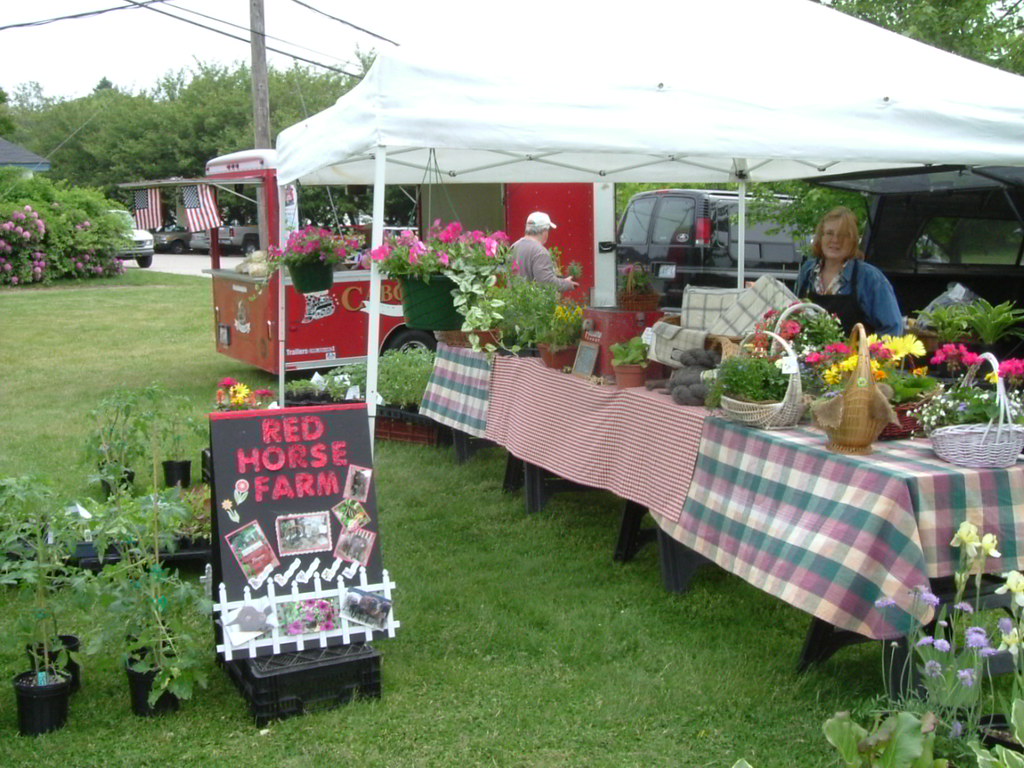
8. **Sales Channels: Farmers Markets and CSAs as Cornerstones**
For urban farms, the journey from seed to sale is intricately tied to their proximity to bustling consumer markets, shaping their most effective marketing strategies. The majority of urban farms (80.3%) actively sell their products, a crucial indicator of their role beyond mere subsistence or community gardening. The viability and profitability of these operations are paramount, as highlighted by farmers and stakeholders alike in the study’s city interviews.
Given their location, it is no surprise that direct-to-consumer models reign supreme. Farmers markets or farm stands emerged as the leading marketing outlets, accounting for a substantial 40.7% of gross sales on average. These vibrant community hubs provide urban farmers with direct access to customers, fostering transparency and allowing for premium pricing based on freshness and local provenance. They also serve as vital points of community interaction, aligning with many urban farms’ social missions.
Community Supported Agriculture (CSA) programs stand as another cornerstone of urban farm marketing, representing 22.4% of gross sales. CSAs embody a powerful partnership between farmers and consumers, where residents invest directly in a farm’s harvest and receive regular shares of fresh produce. This model provides crucial upfront capital for farmers and cultivates a deep sense of connection and shared responsibility for the local food system, reinforcing the very essence of community agriculture.
While farmers markets and CSAs dominate, other direct-to-consumer and specialized channels also contribute. Restaurants account for 12.0% of sales, indicating urban farms’ ability to supply high-quality, niche products to discerning chefs. However, direct-to-retail (e.g., grocery stores) and direct-to-institution (e.g., schools) markets, along with wholesale outlets, represented limited avenues for urban farms. This limitation is primarily due to the challenges urban farms face in providing the high volume of product often required by larger buyers, leading many to strategically focus on high-value, niche items and emphasizing quality over sheer quantity.

9. **The Financial Realities of Urban Farm Viability**
The economic sustainability of urban agriculture is a complex landscape, balancing the passion for local food and community building with the hard realities of financial viability. The 2013 national study painted a nuanced picture of urban farm finances, revealing that while the sector is growing, achieving a full livelihood from farming remains a significant challenge for many.
Only 32.9% of primary farmers reported earning their living solely from farming in 2012. This statistic underscores a common characteristic of urban agriculture: many practitioners rely on diversified income streams. Indeed, a substantial 60% of urban farmers supplemented their income with off-farm employment, and another 31.0% utilized grant funding and fundraising initiatives to support their operations. This mosaic of funding sources is often essential for navigating the unique financial hurdles of urban environments.
Gross sales data further illuminate these economic realities. Almost half (49.0%) of the surveyed urban farms reported less than $10,000 in annual sales. While this may reflect the prevalence of smaller, mission-driven operations, it also points to the difficulty in scaling for significant revenue. Only a small fraction—less than 5%—could be categorized as mid-sized or large farms, with sales exceeding $350,000. These figures suggest that while urban agriculture is a vibrant force, it often operates on a smaller economic scale compared to conventional rural farming.
These financial challenges are inextricably linked to higher operational costs within urban settings, including elevated land values, the need for intensive growing systems, and limited access to traditional agricultural financing. The reliance on alternative funding, off-farm income, and direct-to-consumer sales models becomes not just a preference but a necessity for many urban farmers striving to make their endeavors both impactful and sustainable.
Read more about: Decoding Mexico’s Financial Backbone: A Deep Dive into the NIF for Savvy Professionals

10. **Navigating the Unique Challenges of Urban Farming**
Farming within the bustling confines of a city presents a distinct array of challenges, some familiar to all agriculturalists and others entirely unique to the urban milieu. Urban farmers, as the study details, often grapple with significant knowledge gaps and institutional barriers that can impede their progress and expansion. These obstacles range from complex regulatory frameworks to the inherent limitations of urban land use.
Among the most pressing concerns identified by respondents, production costs stood out as the most challenging aspect. This encompasses everything from the expense of inputs to the labor required for intensive cultivation. Additionally, managing pests, weeds, and the fluctuating climate conditions were viewed as very to extremely challenging by at least a quarter of urban farmers, reflecting the demanding nature of sustainable food production in any environment, exacerbated by urban specifics such as limited space for pest management strategies.
Beyond direct production, urban farmers encounter broader structural impediments. Regulations such as zoning laws, city plans, and building codes can create significant hurdles, often preventing farms from utilizing vacant lots or developing rooftop spaces. Access to credit and capital, typically more attuned to traditional agriculture, can be scarce. Issues like the lack of municipal support for composting, precarious land tenure arrangements (especially with short-term leases), and insufficient infrastructure for marketing and processing food further compound these difficulties, as noted by various urban agriculture researchers.
While some issues like access to water, infrastructure, and environmental pollution were reported as concerns by fewer farmers in the survey, informant interviews suggested these topics are more critical in certain cities, often depending on localized policies. For instance, water access might be explicitly addressed in some city policies, while in others, farmers face major problems with availability and pricing. Not surprisingly, profitability was a paramount concern for almost half of the respondents, closely followed by financing challenges for over a third, underscoring the economic pressures inherent in urban farming. Interestingly, despite land value concerns, land access, security, and community relations were not reported as major concerns by survey respondents, a contrast to the frequent mentions in stakeholder interviews, suggesting localized variations in perceived urgency.
Read more about: Demystifying Land Measurement: Your Ultimate Guide to Acres and Square Feet, From History to Handy Conversions
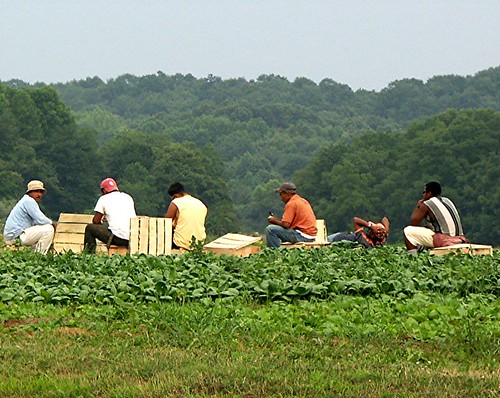
11. **The Critical Need for Technical Assistance**
For urban agriculture to flourish and expand sustainably, robust technical assistance and information support are not just beneficial, but absolutely essential. Historically, much of this support has been provided by dedicated non-profit organizations, which have played a pivotal role in nurturing nascent urban farming initiatives. However, as the sector matures, the need for formalized, comprehensive assistance grows, prompting a gradual but still limited allocation of resources from state land-grant universities and their Cooperative Extension programs.
Despite this growing recognition, a significant dearth of research and literature specific to urban agriculture persists. This challenge is further complicated by the fact that many Cooperative Extension agents, traditionally trained to support rural farming, are physically distant from urban centers and may lack specific expertise in the unique demands of city-based cultivation. Time restrictions and funding limitations for technical assistance staff further exacerbate this gap, often leaving potential and existing urban farmers without adequate support tailored to their distinct needs.
The 2013 national survey of urban farmers sought to precisely identify these critical information and technical assistance requirements. The findings were clear: business and financial planning emerged as the most-needed technical assistance topic, highlighting the pressing need for support in navigating the economic complexities of urban farm enterprises. Marketing and distribution assistance, along with product development, also ranked highly, underscoring the desire for strategies to effectively reach consumers and expand product lines in competitive urban markets.
Crucially, legal assistance for land access was identified as moderately to highly needed by almost half of the respondents. This resonates deeply with the earlier discussion on high urban land values and the challenges of securing stable land tenure. The demand for legal guidance in this area reflects a fundamental barrier to long-term investment and growth. In essence, the survey revealed a pervasive and moderate to high demand across many topics, indicating that the urban agriculture sector is eager for knowledge, expertise, and support to overcome its challenges and unlock its full potential.
Read more about: Is the 2025 Rivian R1T a Practical EV Truck for Daily Use? An In-Depth Wired Analysis

12. **Sustaining Growth: The Broader Impact and Future of Urban Agriculture**
The journey into the heart of urban agriculture reveals a dynamic and resilient movement, one that extends far beyond the mere act of growing food. It is a powerful force contributing to local food systems, transforming urban landscapes, and enriching the lives of city dwellers. From the diverse production methods to the innovative marketing strategies and the tenacious spirit of its farmers, urban agriculture is proving to be a vital ingredient in the recipe for sustainable urban living.
What truly sets many urban farms apart is their profound commitment to social impact, often woven into their very mission. Beyond cultivating crops for profit, these enterprises are actively fostering food security in underserved neighborhoods, building stronger community bonds, and providing invaluable educational opportunities that reconnect people with their food sources. This dual focus on economic viability and social good underscores the holistic benefits urban agriculture brings to the urban fabric.
While the path forward is not without its challenges—from navigating complex regulations and high production costs to securing stable land tenure and accessing adequate financing—the dedication of urban farmers and the growing support from policymakers and urban residents are propelling this sector into an exciting future. The demand for tailored technical assistance, particularly in business planning, marketing, and legal land access, clearly indicates a sector poised for further growth, provided these critical needs are met.
As cities continue to densify and the demand for fresh, local, and sustainably produced food grows, urban agriculture stands ready to play an even more significant role. Its adaptability, community-centric approach, and capacity for innovation promise a greener, healthier, and more connected urban future. The lessons learned from pioneering urban farms across the nation will undoubtedly continue to inspire new generations of growers and consumers, ensuring that the roots of agriculture thrive in the most unexpected of places.



